For many decades, Scandinavia has been associated with streamlined mid-century modern masters like Arne Jacobsen and Alvar Aalto. However, when people refer to Scandinavian design, their ideas are based on outdated ideas that were strong over a decade ago. In the meantime, a new trend has been emerging in Sweden and Denmark that is changing perceptions of Scandinavian design. Contemporary designers from the region are embracing adventurous colours and materials, as well as playful shapes, as they move away from the minimalist and neutral tradition.
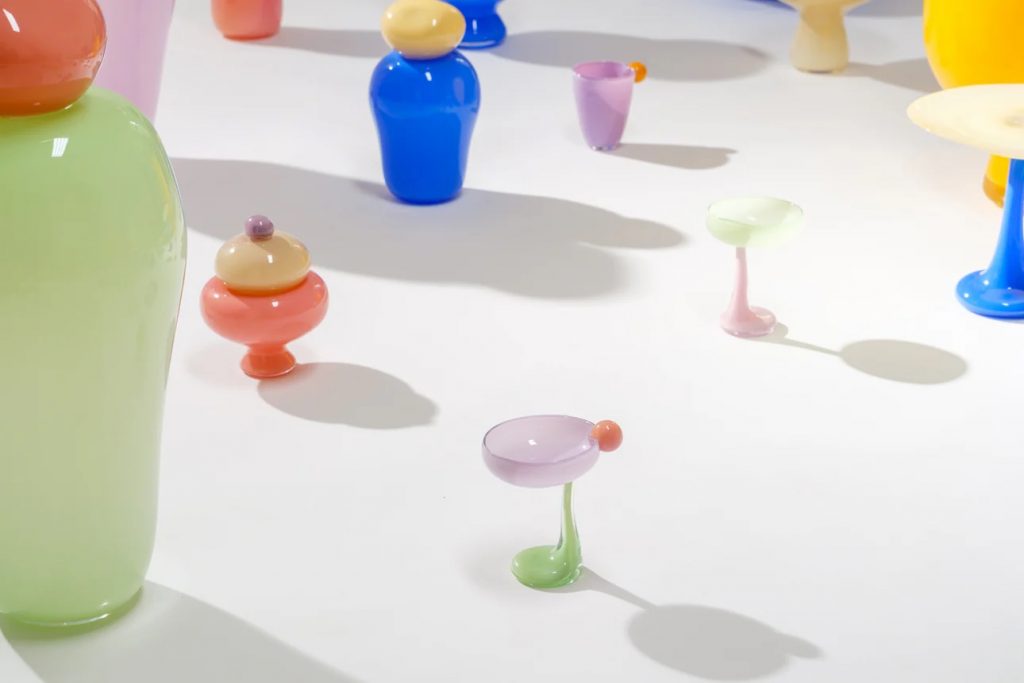

Bon Bon’s by Helle Mardahl
Among the best-known designers to come out of the new wave is Danish designer Helle Mardahl, who is best known for her Bonbonnieres and Bon Bon’s, a collection of cute sculptural glassware.
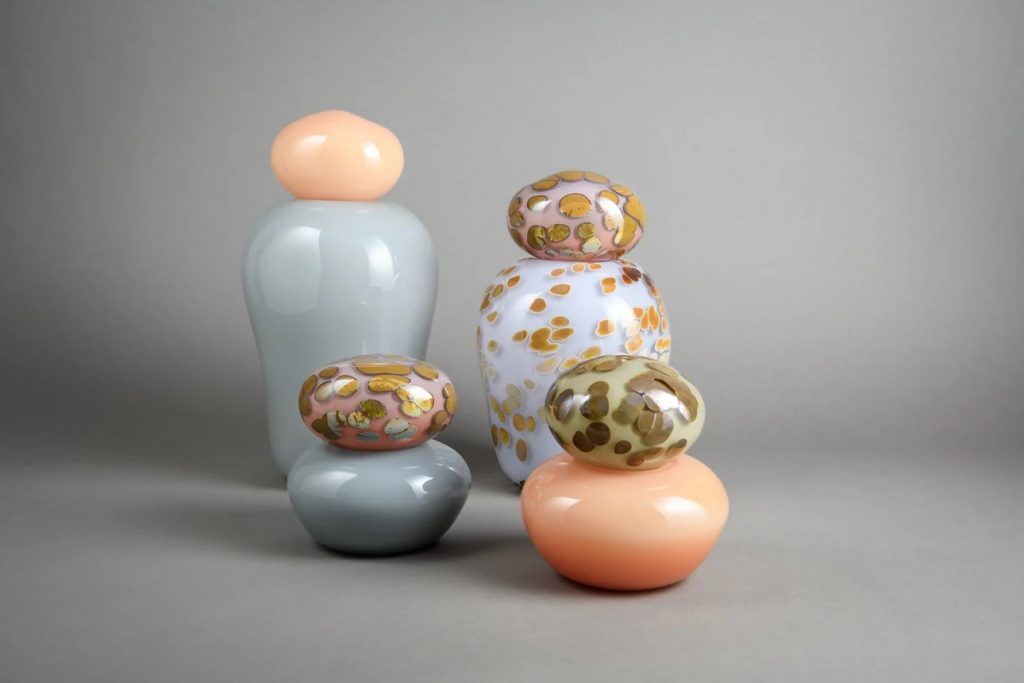
Bon Bon’s by Helle Mardahl
The signature pieces by Mardahl, who worked in fashion before going into design, embody her “sense of flamboyance combined with her eccentric deviance.” As the name ‘bon bon’ reflects, the playful pastel-hued objects are artistic interpretations of candy such as toffees or caramels. Beautiful objects in indulging colours that stimulate both eyes and taste buds.
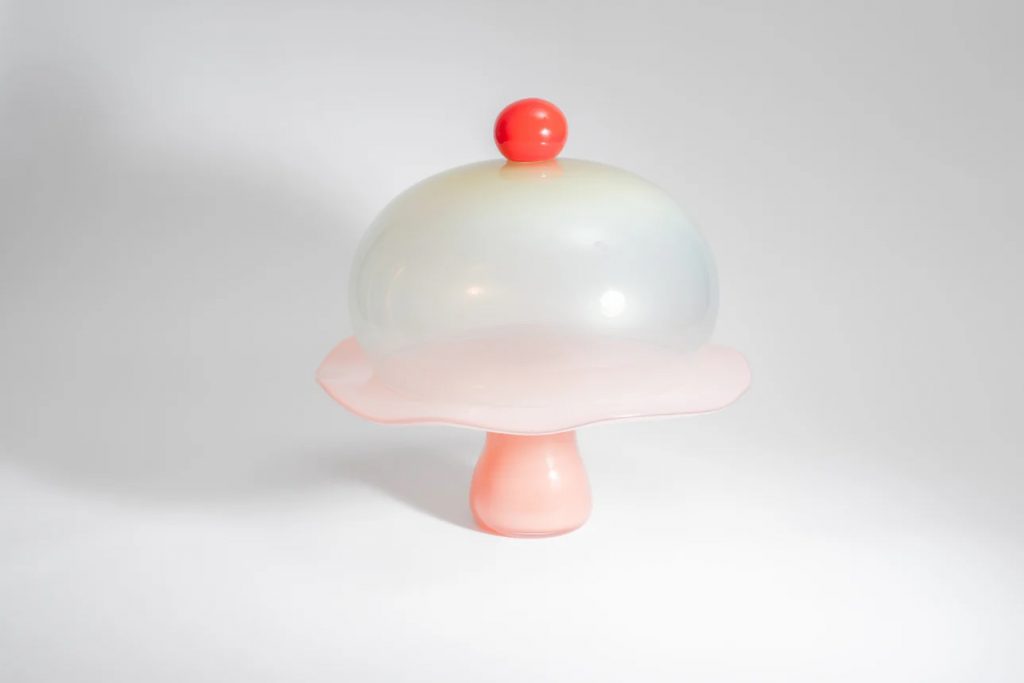
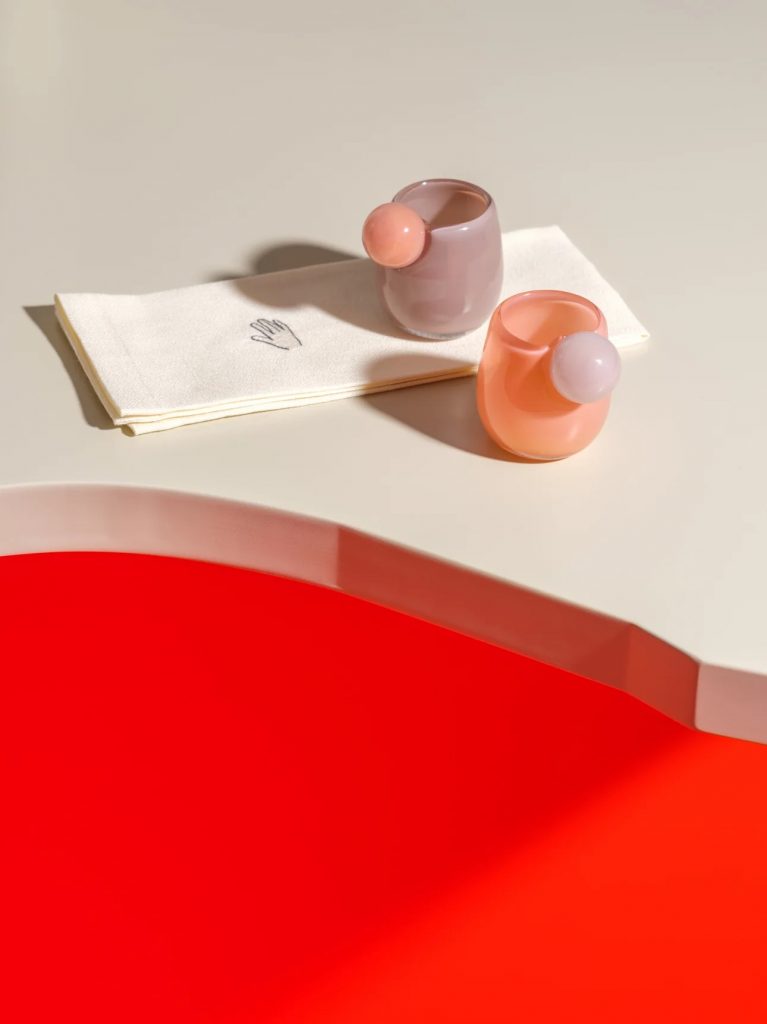
Tableware by by Helle Mardahl (also header image)
The designer’s tableware is a natural extension of Helle Mardahl’s candy universe. Combining art and functionality, the colourful collection of organically shaped glass tableware is a celebration of the quintessential British tradition Afternoon Tea. The intention with the collection is to make everything look, feel and taste just a little better than usual – to create a sense of wonder with every sip, a delicate twist to a classic serving.

Concretely Happy by Jonatan Nilsson
Another Scandinavian designer who breaks with the beige tradition in a move to celebrate originality and uniqueness is Sweden’s Jonatan Nilsson, whose pieces are made using materials that are generally not associated with Scandinavian design.
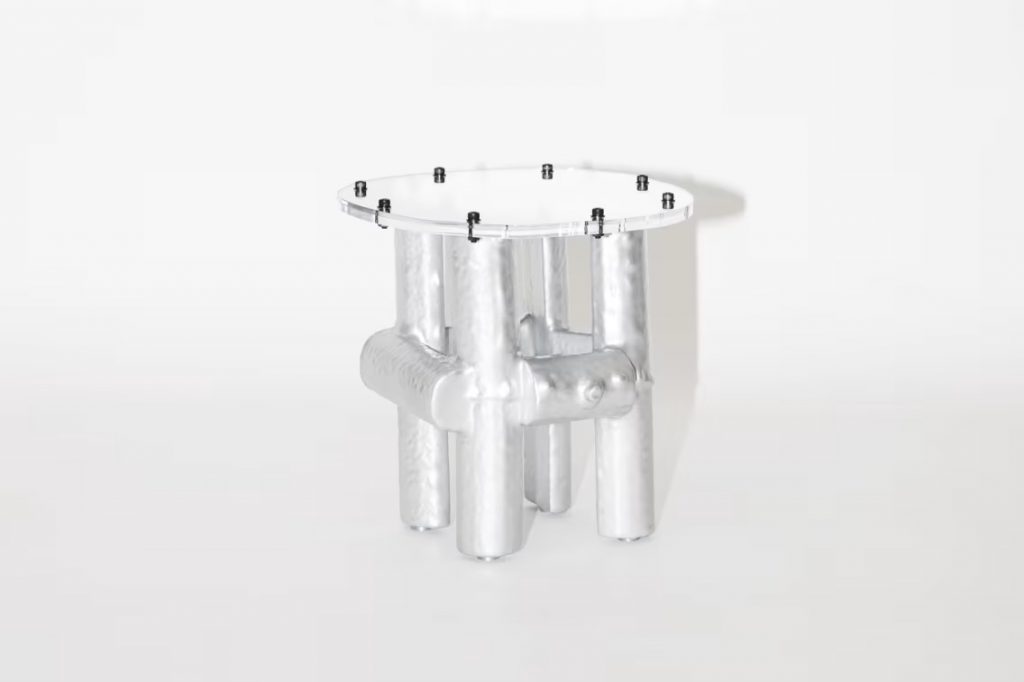
Power Plinth by Jonatan Nilsson
One of these is styrofoam, which Nilsson covers in many layers of resin utilizing his own signature technique, which creates a hard and glossy surface that is then finished with spray paint. Designed and hand-made for the international brand Hem, the resulting chunky, silvery Power Plinth can act as a pedestal for your most precious belongings, or as a sculptural and striking statement piece.
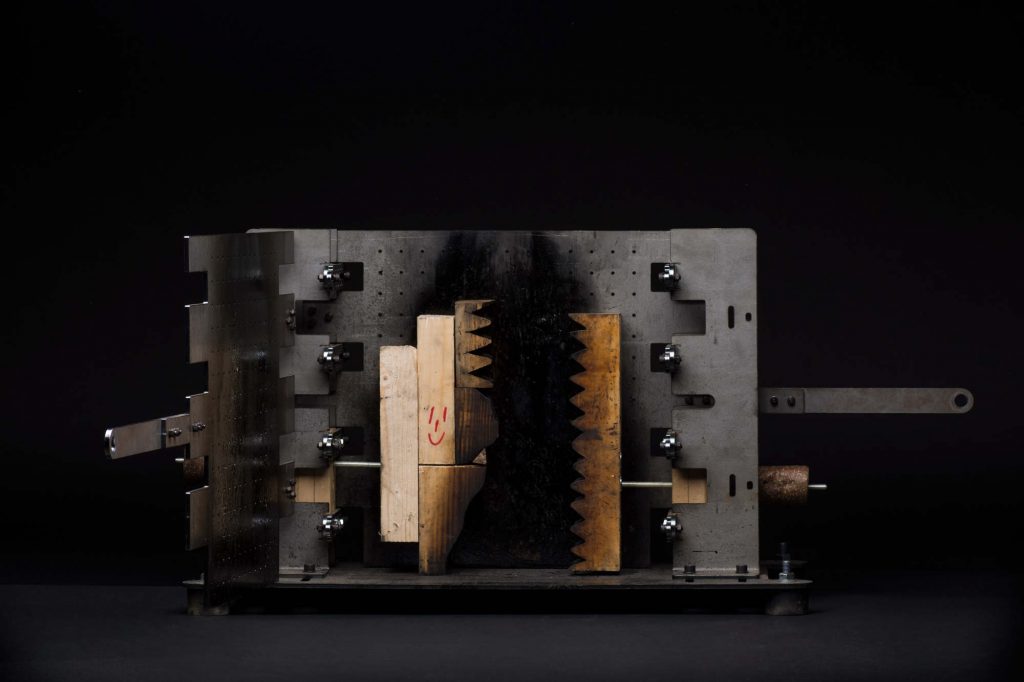
Shifting Shape by Jonatan Nilsson
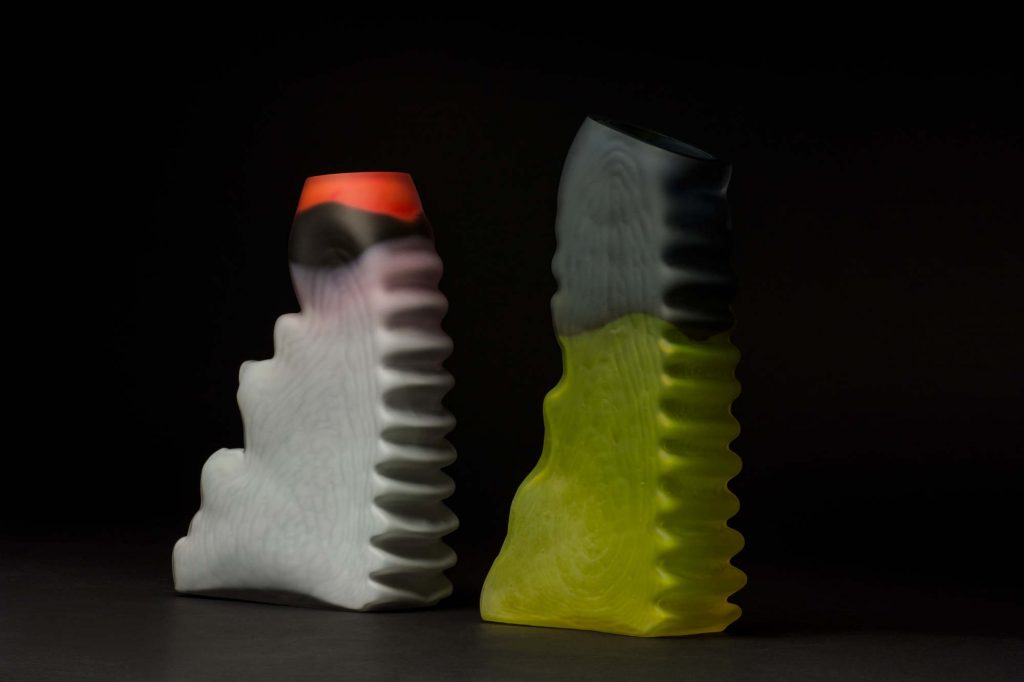
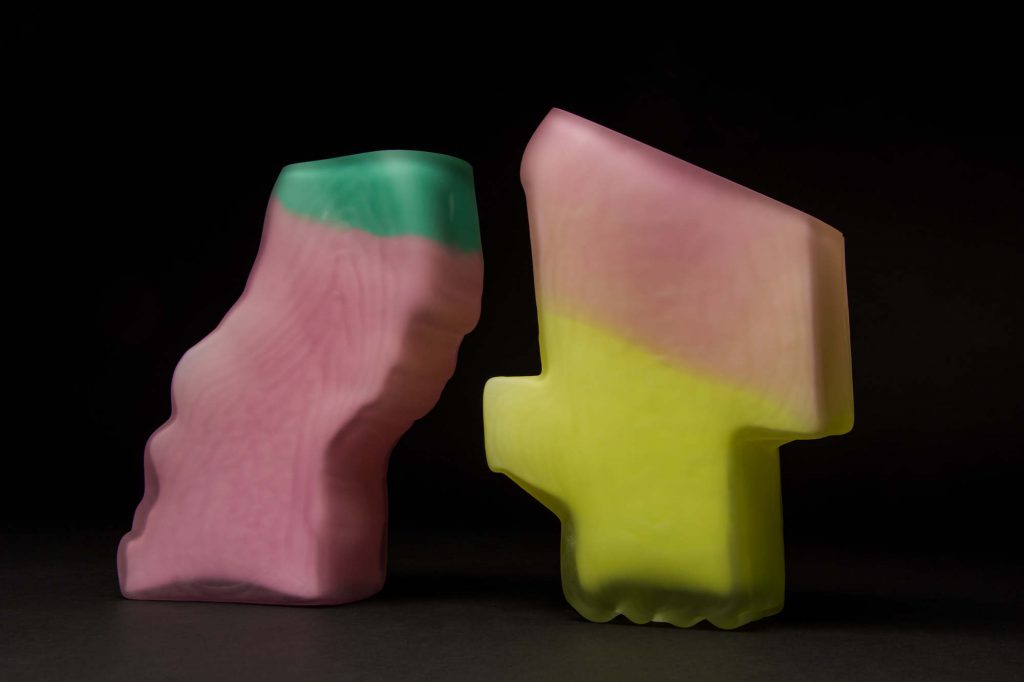
Another project that embodies the artist’s curiosity for materials is his amorphous vases created using a flexible mold for glassblowing. The new method employs a special machine constructed in sheet metal in which you can fasten different shapes of wood. The machine’s doors turns on hinges, and you are able to slide the wooden shapes back and forth, allowing you to get in and out with the glass when blowing. It is quite hard to tell exactly how the finished glass will turn out just by looking at the silhouette created between two wooden shapes, which enables the designer to achieve unpredicted shapes in the finished glass.
-

Concretely Happy by Jonatan Nilsson
Concretely Happy is a project that experiments with concrete as a material, and is very much concerned with the practical usage in the current housing situation. Techniques that he has used include pigmentation, exposing the aggregate (stones), as well as a specially developed technique for creating reliefs.
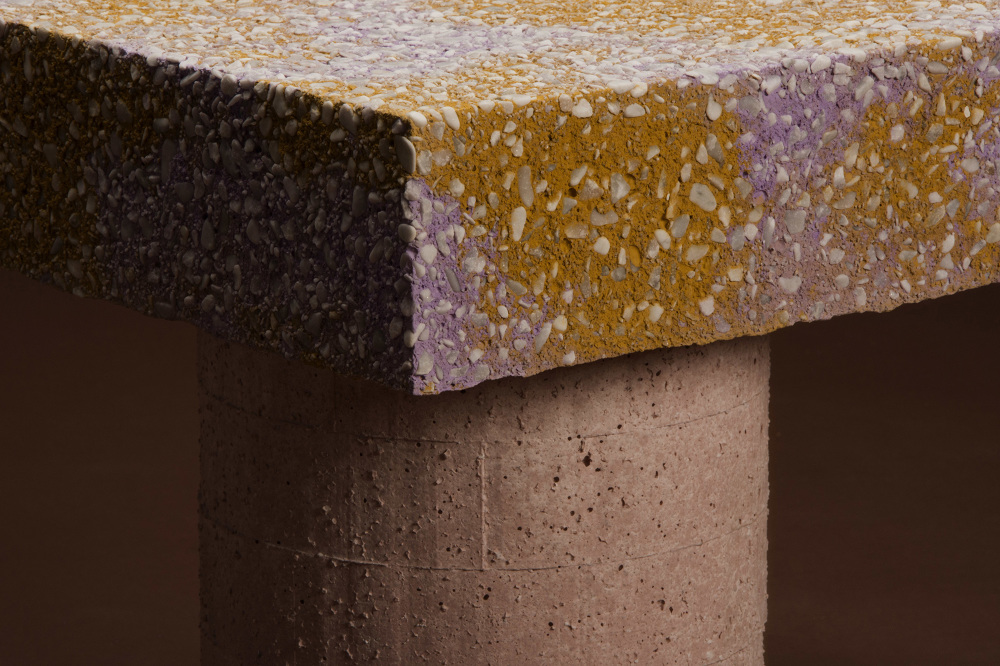
Concretely Happy by Jonatan Nilsson
The starting point for the project is the transition from 1920s neo-classicism to functionalism in Sweden. While neo-classicism was strongly influenced by Antiquity, with facades of buildings decorated with ancient and mythological subjects, functionalism’s simpler aesthetic expression was made for more rational dwellings during the 1930s with its depressed economy and scarcity of housing. Reinforced concrete was a new building material that made it possible to liberate oneself from history and to construct a new society.
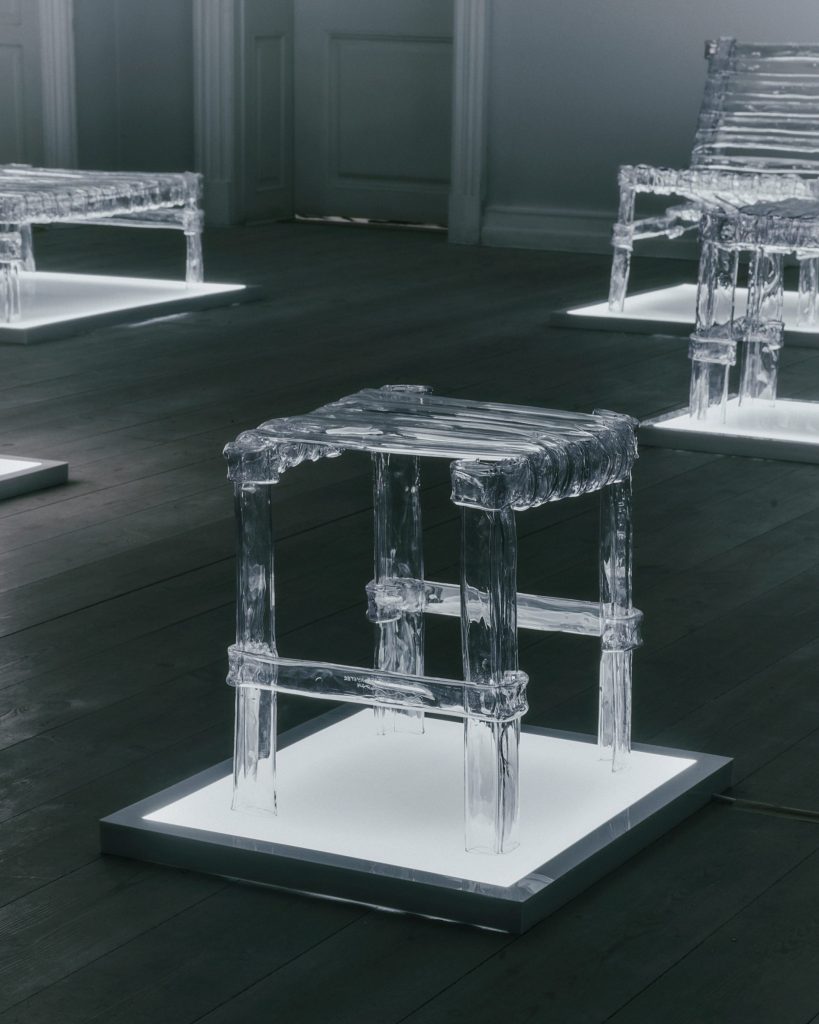
Crafting Plastic by Kasper Kyster
Danish designer Kasper Kyster also seeks to experiment with materials to achieve something spontaneous. His Crafting Plastic collection of furniture is constructed through bending heated two-millimetre thick PETG plastic sheets by hand. The shape of the furniture is determined by the material. Aiming to create pieces with an organic feel, Kyster tries to make them as round as possible so they get stronger. The joints are also very strong – the designer heats up the plastic even more where it connects, so that the surface kind of melts and is welded together.

Crafting Plastic by Kasper Kyster
The plastic that Kyster uses is comprised of 30 per cent recycled material. This is currently the highest percentage of recycled plastic he can use, as it otherwise degrades too much to be structurally useful for the furniture.
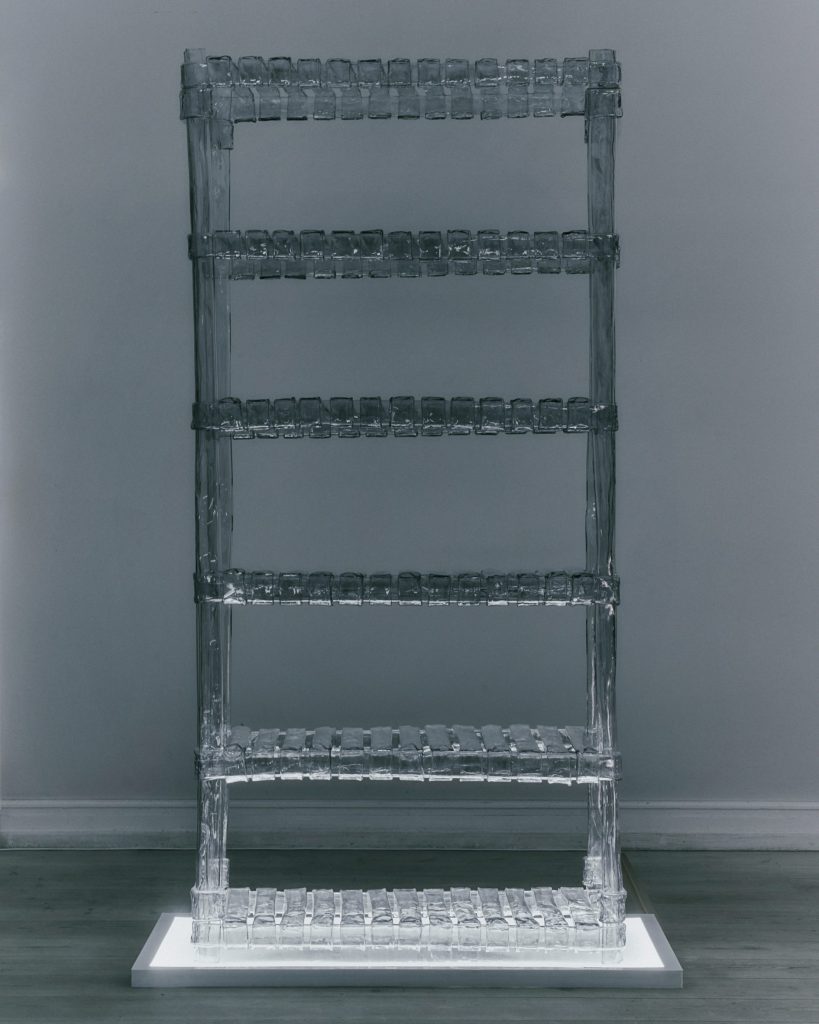
Crafting Plastic by Kasper Kyster
Kyster describes the Crafting Plastics collection as representing “a transformation from the industrial to the organic” and aimed for the designs to show how plastic can be used in a more craftsmanlike way – “everything is handmade and it can only be handmade for this kind of look.”